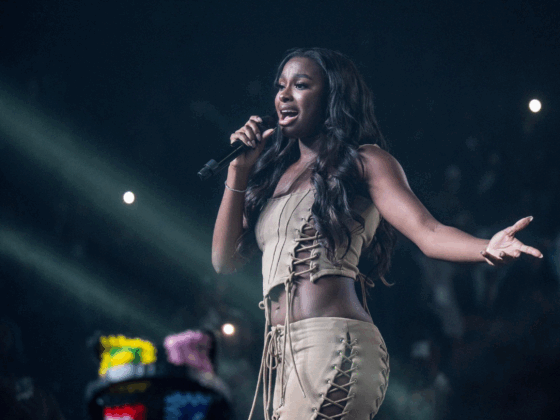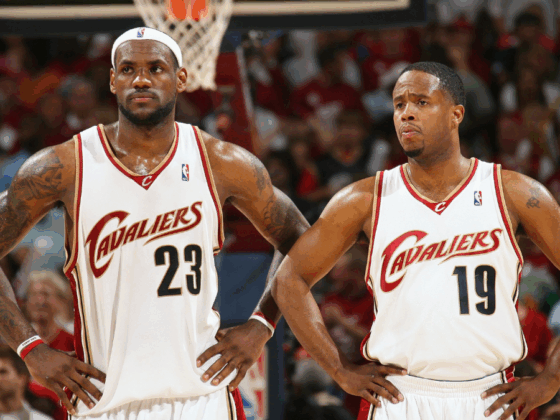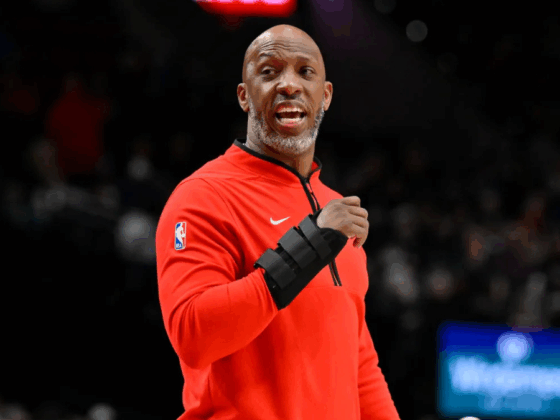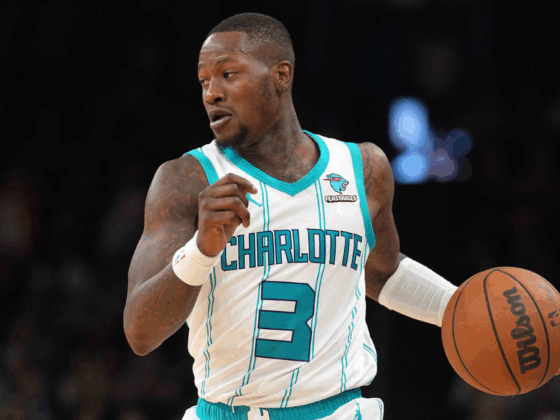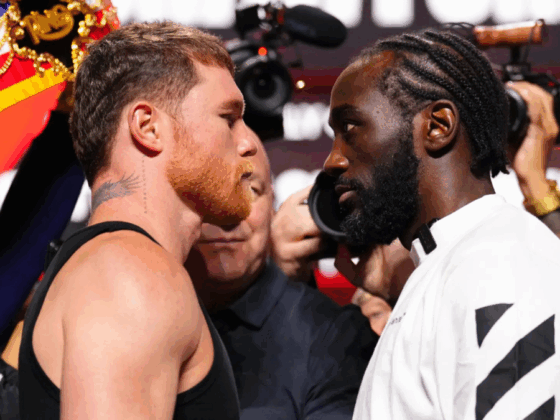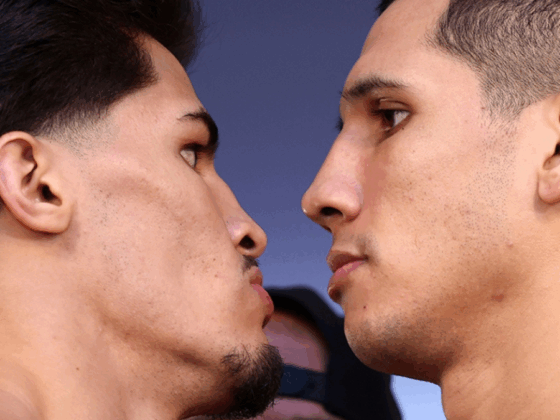
Jamal Crawford has elected to opt out of his $4.5 million player option for the 2018-19 season, making him an unrestricted free agent at 38 years old.
Crawford has been in the league since he was drafted No. 8 overall in the 2000 NBA Draft, playing for seven teams and in 1200-plus games. He’s an 18-year veteran with three Sixth Man of the Year awards in his trophy case and will likely go down as one of the best bench players in NBA history. He’s a career 15-points-per-game scorer and one of the most exhilarating players to watch. No one in NBA history has converted more four-point plays than him. So why does it feel like he does more to hurt his team than help them?
What Crawford has specialized in during his terrific career is his uncanny ability to score at will from anywhere on the court. He’s earned a living as a textbook gunner while avoiding most of the negative connotations that come with that label. In the new era of NBA basketball, where perimeter shooting is so heavily prioritized outsiders probably think it’s illegal to shoot anything but a 3, Crawford should, in theory, work well in any system. But the whole story and the details behind his game insist the opposite.
There’s somewhat of a myth surrounding Crawford, that he’s ultra-effective off the dribble and a premier shot creator. That’s partially true, but only to an extent. There are few players in the league who can handle the ball on a string like Crawford can.
He’s one of the most creative players in terms of finding ways to beat his opponent and get to his spot or attack the rim. But when the shots aren’t falling, like they weren’t during his lone season in Minnesota last year, his deficiencies in other areas begin to scream. And they scream loudly.
Crawford shot 41.5 percent from the field last season and only 33.1 percent from 3 — his lowest since the 2014-15 season and well below his career 3-point clip of 34.9 percent. Both his points per game (10.3) and minutes per game (20.7) were the lowest he’s recorded since his second season back in 2001. He was a glaring negative when on the court, finishing the 2017-18 season with a net rating of -12.2. Only Aaron Brooks (-20.3) and Shabazz Muhammad (-24.8) were worse in that category for the Wolves and those two combined for about 1,160 fewer minutes than Crawford.
In hindsight, the Wolves may not have been an ideal setting for Crawford. Defensive-minded head coach Tom Thibodeau guided the team to the 27th-worst defense in the league but the fourth-best offense.
However, it desperately needed outside shooting. As a team, it finished last in 3-point attempts per game and 19th in 3-point percentage. Its two most efficient 3-point shooters were big men (Karl-Anthony Towns at 42.1 percent and Nemanja Bjelica at 41.5 percent) and it lacked the necessary floor spacing from its guards to really open things up. Crawford couldn’t help rectify that and it only made things worse.
His infinite array of dribble moves still help him get off shots and the highlight video below showcases what he can do on any given day, but he’s an isolation player more often than not. He’s a crafty passer but not one that works well within the flow of the offense. He’ll make a crowd “ooh” and “ahh” at least once a game but leave them scratching their heads at least twice.
Last season, isolation plays composed 19.8 percent of his offensive usage, which was eighth highest among players who played more than 20 games. Running a ton of isolation action isn’t nearly as frowned upon as it used to be, thanks to players such as James Harden and LeBron James, who took their teams deep in the playoffs using mainly isolation sets to create both their own and the team’s offense.
However, Crawford finished in the 55th percentile among isolation scorers with 0.87 points per possession (PPP). Both of those marks were well below the seven players ranked ahead of him, with three of those guys being Harrison Barnes, Austin Rivers and (yep, you guessed it), Michael Beasley.
Crawford is still wholly infatuated with midrange jumpers, which is acceptable if he can consistently knock them down, but that hasn’t been the case as of late. According to Cleaning the Glass, Crawford attempted 38 percent of his shots from “long midrange,” which ranked in the 100th percentile among guards.
During the previous season, he attempted 35 percent from long midrange and the year before that, it was 33 percent. Despite being one of the most midrange-heavy shooters in the entire league, he shot 46 percent from long midrange, which isn’t terrible (it ranks in the 78th percentile), but that’s a huge chunk of his offense coming from the most inefficient area on the court with nothing more than a respectable percentage to show for it.
He can no longer attack the rim and draw fouls like he used to. Last season specifically was the most obvious example. From 2013 to 2016, when he was a member of the Los Angeles Clippers, Crawford constantly finished in the mid-70th percentile among guards in terms of shots he was fouled on.
The two seasons that followed, his last in Los Angeles and the most recent one in Minnesota, saw that number plummet to the 55th percentile in 2017 and the 30th percentile in 2018. This past season, Crawford finished in the 0th percentile among guards in regards to shots taken at the rim (only eight percent of his shots came within four feet of the basket and that number has been steadily decreasing over the past three seasons).
His defense is a whole different story and not one that gets any better. While I don’t trust the precision of individual defensive numbers, his defensive rating of 112.6 was second worst on the Timberwolves behind only Gorgui Dieng. He makes little to no impact defensively at this point in his career as he can’t keep up with practically any guard and irresponsibly falls asleep off the ball.
With the market looking to be incredibly stingy contract-wise this offseason, it’s hard to see where Crawford would receive more than $4.5 million per year. He could possibly be looking to join a contender on a minimum contract, although he had the opportunity to do that with Golden State last summer before landing in Minnesota.
Crawford was exposed more than ever this past year and it’s fair to wonder what type of production he can bring on the offensive end without being a hideous negative on the defensive side. The defense may be irreparable at this stage in his career and if he doesn’t convert to a more Moreyball-friendly offensive approach, there may be no place for his offense in today’s NBA.
Crawford may actually be one of the most polarizing players in the NBA in terms of how he’s viewed by fans compared to his actual on-court production. Heading into his 18th season as a pro, it might be time to wonder if he should hang things up before he exacerbates this problem even further.
